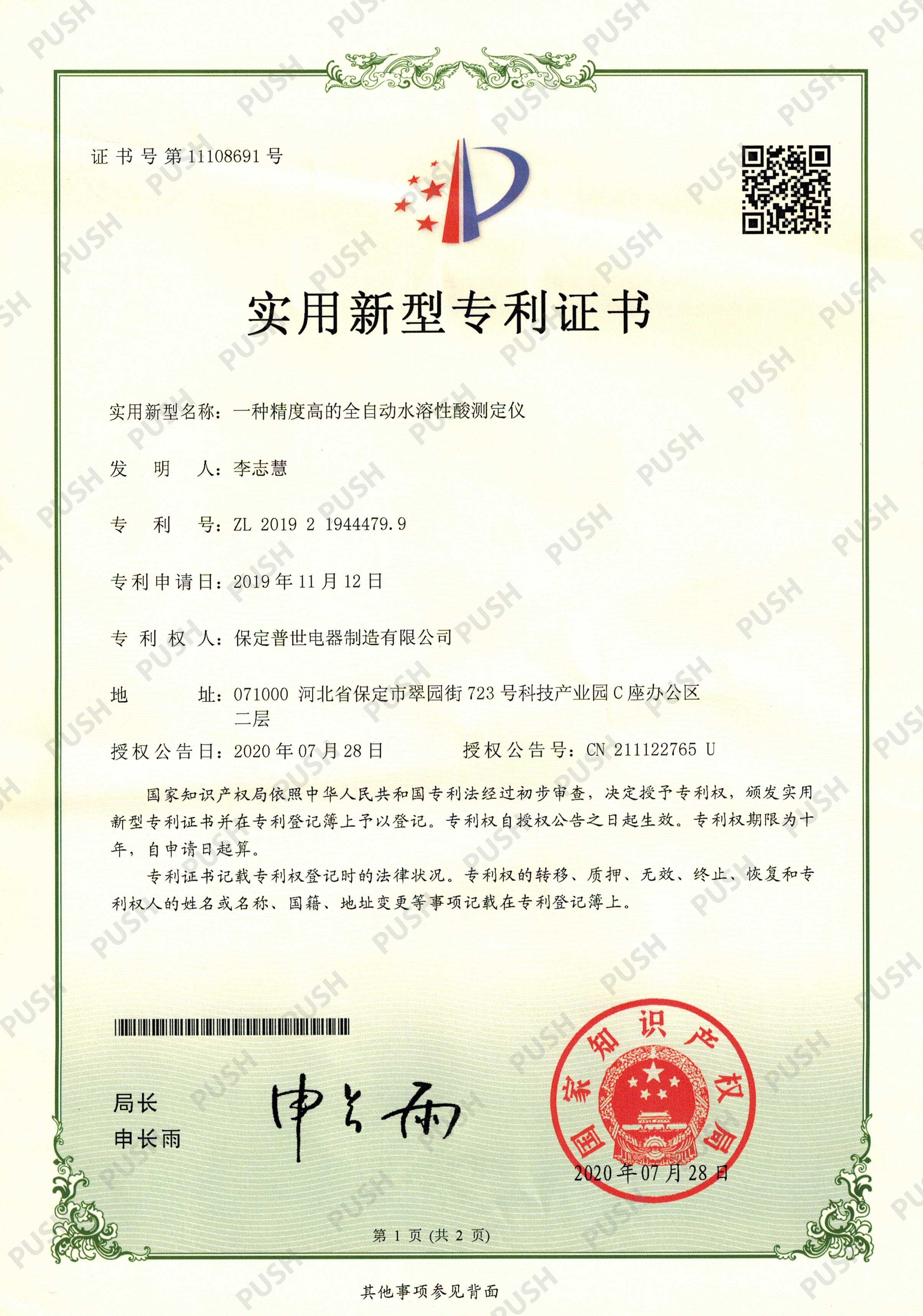 English
English



-
 Afrikaans
Afrikaans -
 Albanian
Albanian -
 Amharic
Amharic -
 Arabic
Arabic -
 Armenian
Armenian -
 Azerbaijani
Azerbaijani -
 Basque
Basque -
 Belarusian
Belarusian -
 Bengali
Bengali -
 Bosnian
Bosnian -
 Bulgarian
Bulgarian -
 Catalan
Catalan -
 Cebuano
Cebuano -
 China
China -
 China (Taiwan)
China (Taiwan) -
 Corsican
Corsican -
 Croatian
Croatian -
 Czech
Czech -
 Danish
Danish -
 Dutch
Dutch -
 English
English -
 Esperanto
Esperanto -
 Estonian
Estonian -
 Finnish
Finnish -
 French
French -
 Frisian
Frisian -
 Galician
Galician -
 Georgian
Georgian -
 German
German -
 Greek
Greek -
 Gujarati
Gujarati -
 Haitian Creole
Haitian Creole -
 hausa
hausa -
 hawaiian
hawaiian -
 Hebrew
Hebrew -
 Hindi
Hindi -
 Miao
Miao -
 Hungarian
Hungarian -
 Icelandic
Icelandic -
 igbo
igbo -
 Indonesian
Indonesian -
 irish
irish -
 Italian
Italian -
 Japanese
Japanese -
 Javanese
Javanese -
 Kannada
Kannada -
 kazakh
kazakh -
 Khmer
Khmer -
 Rwandese
Rwandese -
 Korean
Korean -
 Kurdish
Kurdish -
 Kyrgyz
Kyrgyz -
 Lao
Lao -
 Latin
Latin -
 Latvian
Latvian -
 Lithuanian
Lithuanian -
 Luxembourgish
Luxembourgish -
 Macedonian
Macedonian -
 Malgashi
Malgashi -
 Malay
Malay -
 Malayalam
Malayalam -
 Maltese
Maltese -
 Maori
Maori -
 Marathi
Marathi -
 Mongolian
Mongolian -
 Myanmar
Myanmar -
 Nepali
Nepali -
 Norwegian
Norwegian -
 Norwegian
Norwegian -
 Occitan
Occitan -
 Pashto
Pashto -
 Persian
Persian -
 Polish
Polish -
 Portuguese
Portuguese -
 Punjabi
Punjabi -
 Romanian
Romanian -
 Russian
Russian -
 Samoan
Samoan -
 Scottish Gaelic
Scottish Gaelic -
 Serbian
Serbian -
 Sesotho
Sesotho -
 Shona
Shona -
 Sindhi
Sindhi -
 Sinhala
Sinhala -
 Slovak
Slovak -
 Slovenian
Slovenian -
 Somali
Somali -
 Spanish
Spanish -
 Sundanese
Sundanese -
 Swahili
Swahili -
 Swedish
Swedish -
 Tagalog
Tagalog -
 Tajik
Tajik -
 Tamil
Tamil -
 Tatar
Tatar -
 Telugu
Telugu -
 Thai
Thai -
 Turkish
Turkish -
 Turkmen
Turkmen -
 Ukrainian
Ukrainian -
 Urdu
Urdu -
 Uighur
Uighur -
 Uzbek
Uzbek -
 Vietnamese
Vietnamese -
 Welsh
Welsh -
 Bantu
Bantu -
 Yiddish
Yiddish -
 Yoruba
Yoruba -
 Zulu
Zulu
Evaluation of Transformer Oil Degradation Through Breakdown Testing Methods
Understanding Transformer Oil Breakdown Testing
Transformer oil breakdown testing is a critical procedure used to assess the insulating properties of transformer oil and ensure the reliability of electrical power systems. Transformer oil, typically mineral oil or synthetic oil, serves as both an insulator and a coolant in transformers. Over time, exposure to heat, moisture, and contaminants can degrade the oil, leading to reduced performance and potential failures.
The Importance of Transformer Oil
Transformer oil plays a vital role in the safe and efficient operation of electrical transformers. Its primary function is to insulate the internal components of the transformer, preventing electrical discharges that can cause short circuits or catastrophic failures. Additionally, transformer oil helps dissipate heat generated during the electrical operation, maintaining optimal operating temperatures.
As transformers age, the quality of the oil may deteriorate due to various factors, including thermal stress, oxidation, and the presence of moisture. This degradation can result in a breakdown of the oil's insulating properties, making regular monitoring essential to ensure transformer reliability and longevity.
Breakdown Voltage Testing
One of the key assessments in transformer oil testing is the determination of breakdown voltage. The breakdown voltage is the voltage at which the oil will no longer provide adequate insulation, leading to an electrical discharge. This test is typically performed using a device that measures the voltage at which a spark jumps between two electrodes submerged in the oil.
The process usually involves preparing a sample of the transformer oil, ensuring it is free from contaminants such as dirt or moisture, and then placing it in a testing apparatus. A voltage is gradually applied until breakdown occurs, and the value at which this happens is recorded. A higher breakdown voltage indicates better insulating properties and a healthier oil sample.
Factors Affecting Breakdown Voltage
transformer oil breakdown test

Several factors can influence the breakdown voltage of transformer oil
. These include1. Moisture Content The presence of water in transformer oil significantly reduces its insulating capacity and lowers the breakdown voltage. Moisture can enter the oil through leaks and condensation, necessitating regular monitoring.
2. Contaminants Particles and chemicals present in the oil can disrupt the insulation properties. Even small amounts of dirt or foreign substances can lead to a rapid decline in performance.
3. Temperature The temperature of the oil affects its viscosity and insulating properties. Higher temperatures may lower the breakdown voltage, so testing is often conducted at controlled temperatures.
4. Age of Oil Over time, transformer oil undergoes chemical changes due to oxidation, which forms acids and sludge. These byproducts negatively impact the oil's breakdown voltage.
Conclusion
Transformer oil breakdown testing is a crucial element in maintaining the performance and safety of electrical transformers. Regular testing not only provides insights into the condition of the oil but also aids in predicting potential failures, allowing for timely maintenance or oil replacement. By understanding the importance of transformer oil and the factors affecting its quality, utilities and operators can take proactive measures to ensure the reliability and efficiency of their electrical systems.
Investing in routine transformer oil analysis helps utilities avoid unplanned outages, extend the lifespan of transformers, and ultimately save costs associated with repairs and replacements. As technology advances, the methods and tools used for transformer oil testing continue to evolve, providing more accurate and reliable results.
-
Testing Equipment Industry Sees Major Advancements in 2025: Smart & Precision Technologies Lead the WayNewsJun.06,2025
-
Applications of Direct Current Generators in Renewable Energy SystemsNewsJun.05,2025
-
Hipot Tester Calibration and Accuracy GuidelinesNewsJun.05,2025
-
Digital Circuit Breaker Analyzer Features and BenefitsNewsJun.05,2025
-
Benefits of Real-Time Power Quality Monitoring Devices for Industrial EfficiencyNewsJun.05,2025
-
Earth Fault Loop Testing in High-Rise Building Electrical SystemsNewsJun.05,2025



